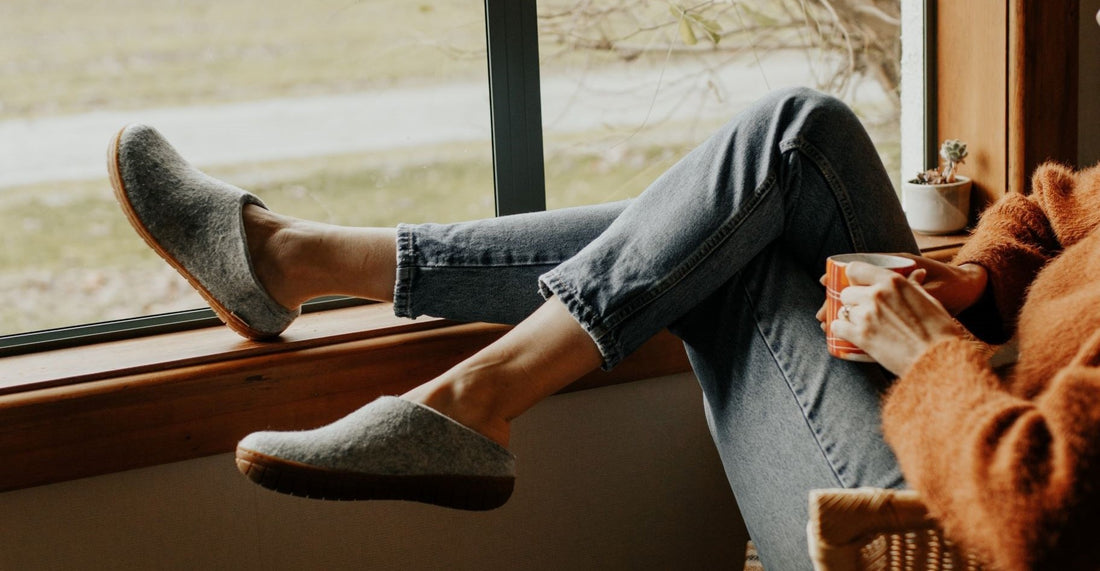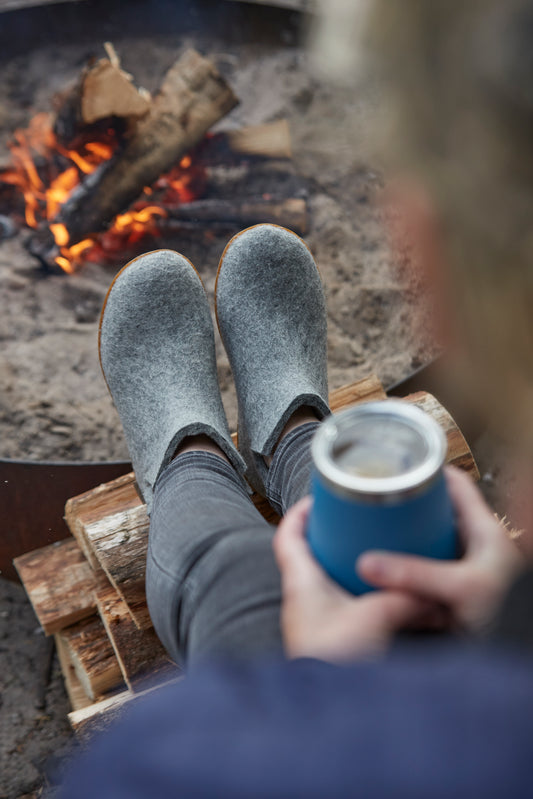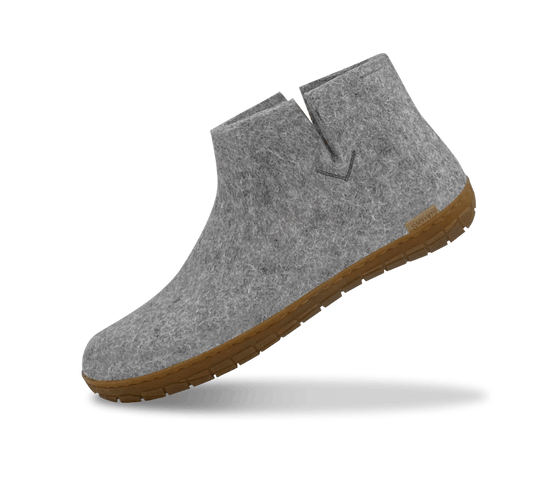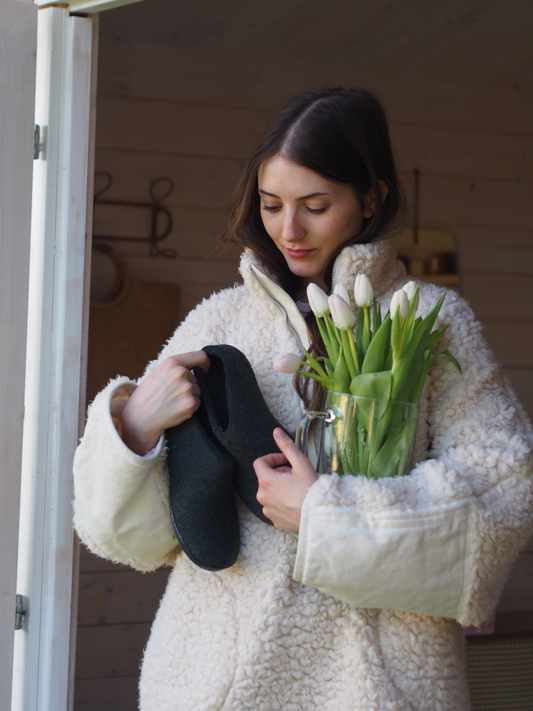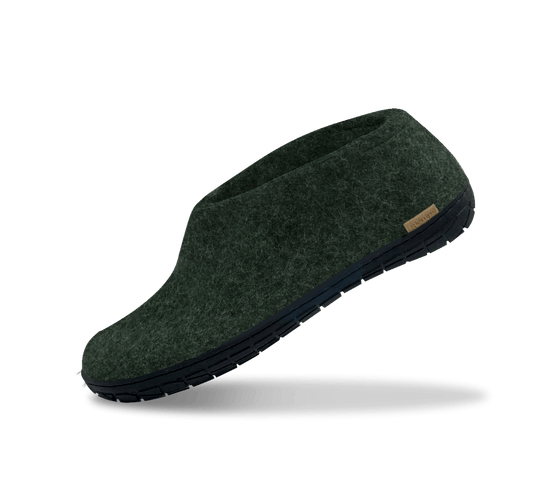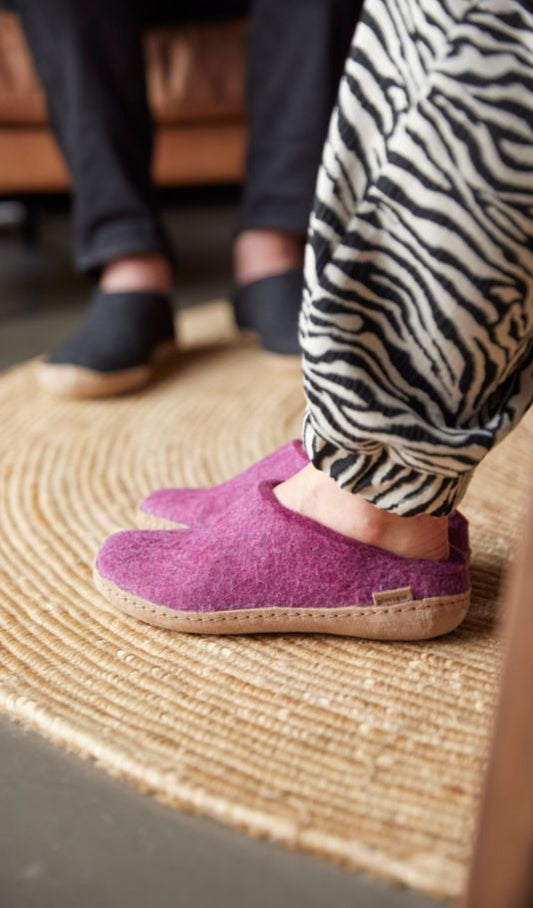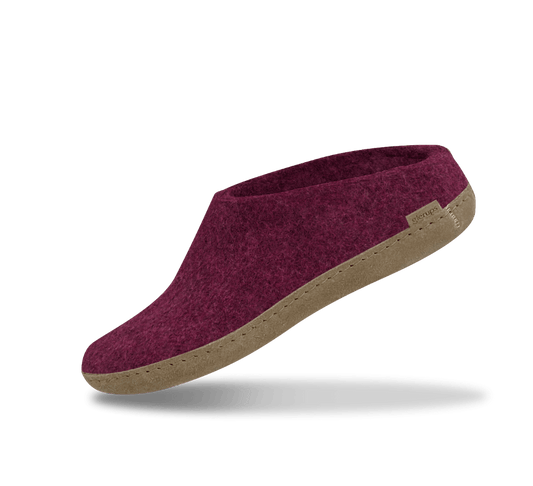To understand the simple pleasure of owning a pair of Glerups, you need to understand the company’s Danish roots - and one cultural quirk in particular. The Danish word "Hygge" (pronounced "hue-guh") can be hard to pronounce and also hard to explain. The rough translation is "cosiness," but really it is a philosophy on life.
Hygge is a concept worth exploring - because it might just explain why the Danes are some of the happiest people in the world. Hygge can be described as the art of creating a warm atmosphere and cherishing the little things in life.
The warm glow of candlelight is Hygge. Cosying up with a loved one for a movie – that’s Hygge, too. And there's nothing more Hygge than sitting around with friends and family, sharing food and discussing the big and small things in life.
The term Hygge derives from a Norwegian word, hugga, which loosely means “to comfort,” and is also related to the English word “hug.” Hygge first appeared in Danish writing around the end of the 18th Century and the Danes have embraced it ever since.
Dane Meik Wiking is the founder of Copenhagen’s Happiness Research Institute and is author of the New York Times best-selling book The Little Book of Hygge: Danish Secrets to Happy Living (William Morrow, 2017).
Wiking explains how Hygge embraces the senses - it’s the touch of a soft blanket, the taste of mulled wine, the smell of home baking and the lovely glow of soft light.



📷 @neatsocial
Danish winters are known to be long and dark, and so the Danes fight the darkness with their best weapon: Hygge. And candles. Danes have the highest candle consumption in Europe - put to use in the noble pursuit of Hygge.
Wiking’s favourite Hygge memories involve Christmas with friends in a cottage in the forests. After a long walk in the snow, they sit around a log fire. The entire exudes relaxation: the heat and crackle of the flame, their comfy sweaters, the sweet wine and the snowy background.
Wiking’s book lays out the primary principles of Hygge in Denmark, which include atmosphere, presence (focusing on the now), pleasure, gratitude, comfort, and togetherness. Hygge is about gratitude and savouring the simple pleasures that bring you joy.
Hygge decrees that comfort is more important than style, but the art of stylish comfort is something the danes are known for.
While the Danish concept of Hygge is frequently associated with objects like candles and blankets, most Danes agree that practising a Hygge lifestyle doesn’t necessarily equate to buying more. Outdoor activities like bike rides, woodland walks, and stargazing are all considered Hyggelig. Even indoors, you can embrace the concept of Hygge by brewing a warm cup of coffee and calling your friends and family to chat, or starting to piece together a puzzle in the living room.
The most important aspect to embrace about Denmark’s “cosy” lifestyle might be summarised most succinctly in by Danish English author Louisa Thomsen Brits. As Louisa Thomsen Brits writes in The Book of Hygge: The Danish Art of Contentment, Comfort, and Connection (Plume, 2017), Hygge is, at its core, just “a practical way of creating sanctuary in the middle of very real life.”
It’s no coincidence that Danes value Hygge and also report to be some of the happiest people on earth.
Taking time to reflect on your blessings is associated with better sleep and even a stronger immune system, according to Wiking. People with a sense of gratitude are generally happier than those who spend their time focusing on what they don’t have.
Danes also put great value on nurturing connections with family and friends.
By asking you to savour simple pleasures, Hygge teaches you to appreciate the everyday and be grateful.

